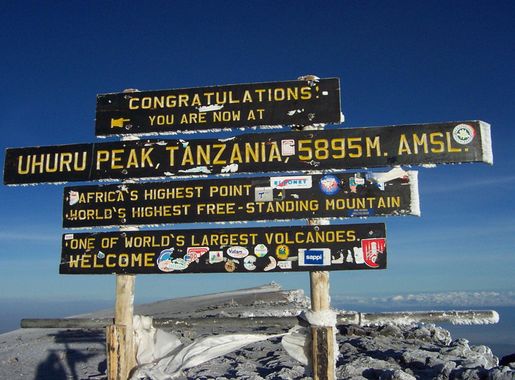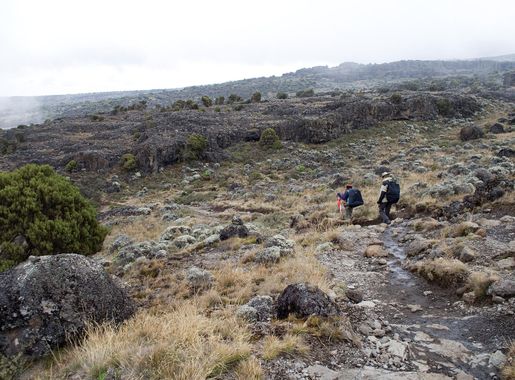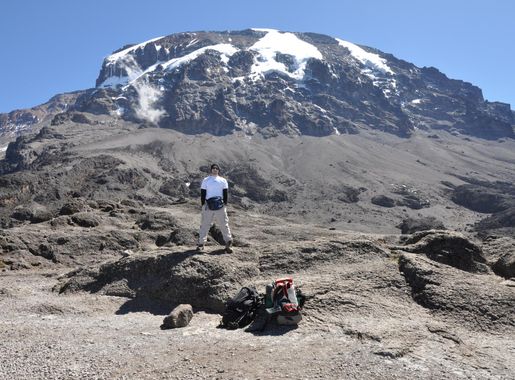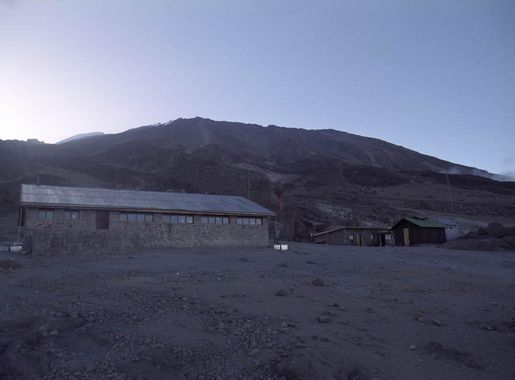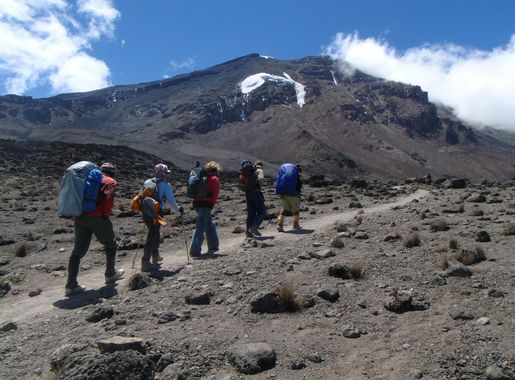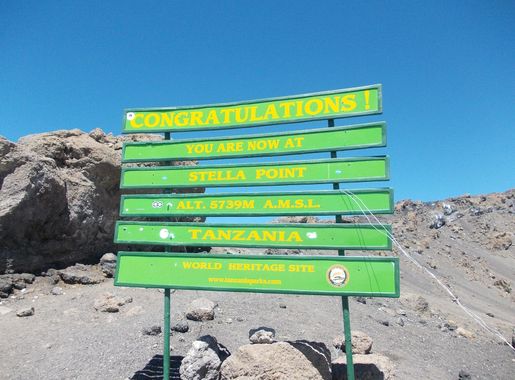
Journey to the Roof of Africa: Mount Kilimanjaro
Experience the thrill of conquering Africa's highest peak, Mount Kilimanjaro, and immerse yourself in the stunning landscapes and vibrant culture of Tanzania.
Mount Kilimanjaro, Africa's highest peak, stands tall at 5,895 meters above sea level. Located in Tanzania, this majestic mountain offers an unforgettable adventure for hikers and nature enthusiasts. With its snow-capped summit and diverse ecosystems, Kilimanjaro is a UNESCO World Heritage site and a bucket-list destination for many. Climbers can choose from several routes, each offering unique landscapes and challenges. From lush rainforests to alpine deserts, the journey is a testament to the mountain's remarkable biodiversity. Trekking to the summit, Uhuru Peak, is a rewarding experience that attracts thousands of adventurers each year. Beyond the climb, the surrounding Kilimanjaro National Park is home to a variety of wildlife, including elephants, leopards, and buffaloes. Local Chagga culture adds a rich cultural dimension to the visit, with opportunities to learn about their traditions and way of life. Whether you're scaling the heights or exploring the foothills, Mount Kilimanjaro is a destination that promises awe and inspiration.
Local tips in Mount Kilimanjaro
- Plan your climb during the dry seasons, from January to mid-March or June to October, for the best weather conditions.
- Acclimatization is key to a successful climb. Choose longer routes like the Lemosho or Machame to increase your chances of reaching the summit.
- Hire experienced guides and porters. They are essential for a safe and enjoyable trekking experience.
- Pack proper gear, including layered clothing, sturdy boots, and a good sleeping bag to handle the varying temperatures.
- Don't forget to bring a high SPF sunscreen and sunglasses to protect yourself from the strong UV rays at high altitudes.
Journey to the Roof of Africa: Mount Kilimanjaro
Mount Kilimanjaro, Africa's highest peak, stands tall at 5,895 meters above sea level. Located in Tanzania, this majestic mountain offers an unforgettable adventure for hikers and nature enthusiasts. With its snow-capped summit and diverse ecosystems, Kilimanjaro is a UNESCO World Heritage site and a bucket-list destination for many. Climbers can choose from several routes, each offering unique landscapes and challenges. From lush rainforests to alpine deserts, the journey is a testament to the mountain's remarkable biodiversity. Trekking to the summit, Uhuru Peak, is a rewarding experience that attracts thousands of adventurers each year. Beyond the climb, the surrounding Kilimanjaro National Park is home to a variety of wildlife, including elephants, leopards, and buffaloes. Local Chagga culture adds a rich cultural dimension to the visit, with opportunities to learn about their traditions and way of life. Whether you're scaling the heights or exploring the foothills, Mount Kilimanjaro is a destination that promises awe and inspiration.
When is the best time to go to Mount Kilimanjaro?
Iconic landmarks you can’t miss
Mount Kilimanjaro National Park
Experience the breathtaking beauty and adventure of Mount Kilimanjaro National Park, home to Africa's highest peak and a diverse ecosystem.
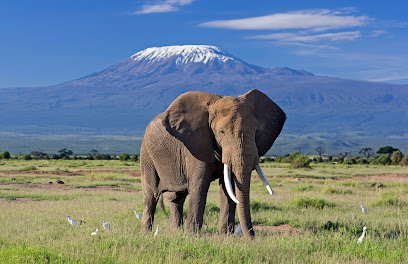
Mt Kilimanjaro
Discover the breathtaking beauty and challenge of climbing Mt. Kilimanjaro, Africa's highest peak and a must-visit destination for adventurous travelers.
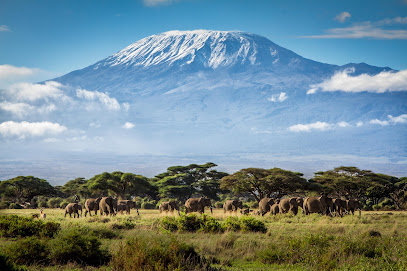
Stella Point
Discover the breathtaking beauty of Stella Point on Mount Kilimanjaro - a hiker's paradise with stunning views and unforgettable adventures.
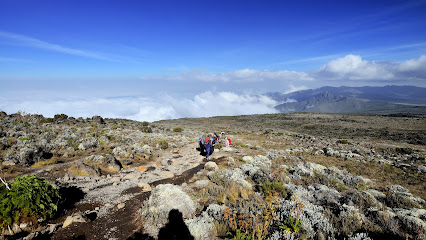
Килиманджаро
Explore Kilimanjaro, Africa's highest peak, where adventure meets stunning natural beauty in an unforgettable hiking experience.

Kilimanjaro Highest Place
Experience the breathtaking views at Kilimanjaro Highest Place, a must-visit destination for adventure seekers exploring Africa's tallest peak.
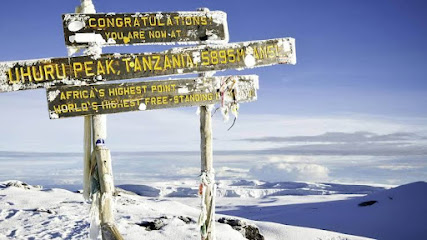
Unmissable attractions to see
Uhuru Peak
Experience the adventure of a lifetime at Uhuru Peak, the highest point in Africa, with breathtaking views and unforgettable memories.
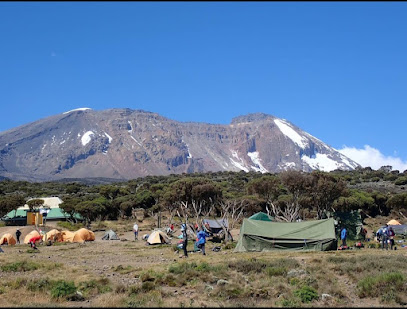
Kilasiya Water Falls
Experience the stunning beauty and tranquility of Kilasiya Water Falls, a must-visit natural wonder in Tanzania for nature lovers and adventure seekers.
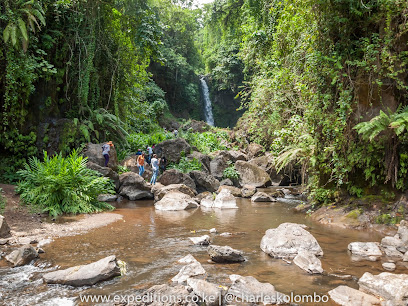
Stella Point
Discover the breathtaking views from Stella Point on Mount Kilimanjaro, a must-visit for hikers and nature lovers seeking adventure and beauty.
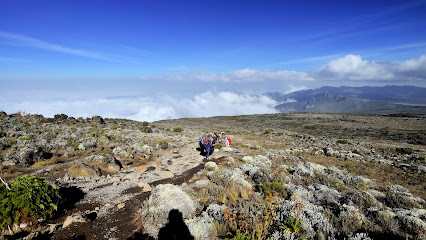
Rau Eco & Cultural Tourism Enterprise
Discover the rich culture and stunning landscapes of Moshi at Rau Eco & Cultural Tourism Enterprise, featuring cooking classes and guided hiking tours.
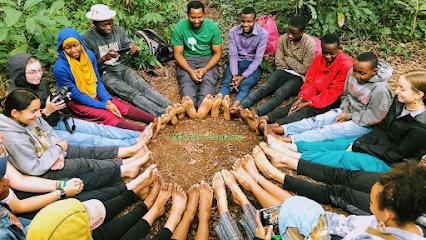
Umbwe Gate
Discover the breathtaking beauty of Umbwe Gate, the gateway to Kilimanjaro's stunning landscapes and thrilling trekking adventures.
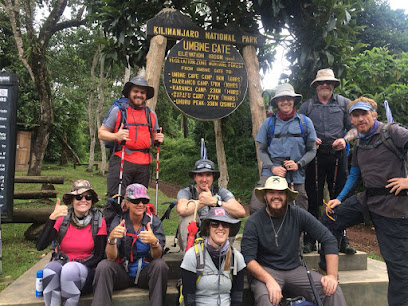
Rongai Gate
Explore the stunning Rongai Gate, your gateway to the breathtaking Mount Kilimanjaro and its lush surrounding landscapes.

Barranco Wall
Experience the breathtaking beauty of Barranco Wall, a stunning highlight of Mount Kilimanjaro, perfect for adventurous hikers and nature lovers alike.
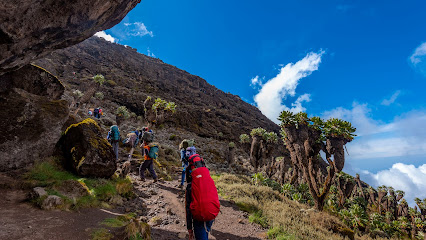
Unique Africa Tours
Explore the beauty of Tanzania with Unique Africa Tours, where adventure meets culture in unforgettable experiences.
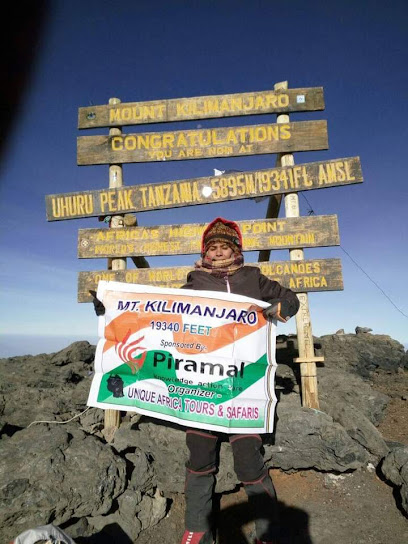
kwa mambori waterfalls
Explore Kwa Mambori Waterfalls, a hidden paradise in Komakya, where nature's beauty and tranquility await you.
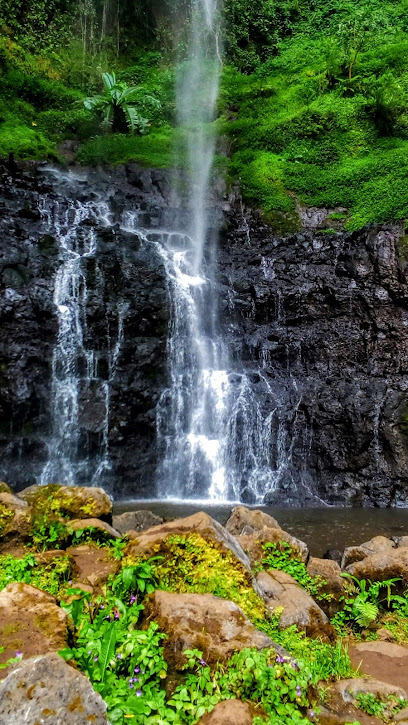
Kilimanjaro water fall's
Experience the breathtaking Kilimanjaro Waterfalls in Marangu, a serene escape showcasing Tanzania's stunning natural beauty.
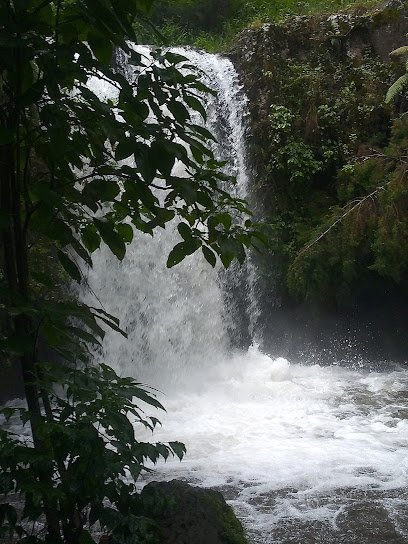
Cathedral Point
Discover the breathtaking beauty of Cathedral Point in Mount Kilimanjaro National Park, a premier hiking destination with stunning views and diverse ecosystems.
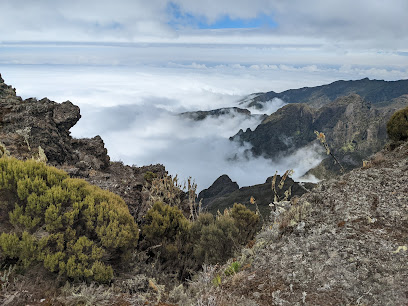
Njoro Forest
Explore the natural beauty and diverse wildlife of Njoro Forest, a tranquil escape in Pasua, Tanzania, perfect for nature lovers and adventure seekers.
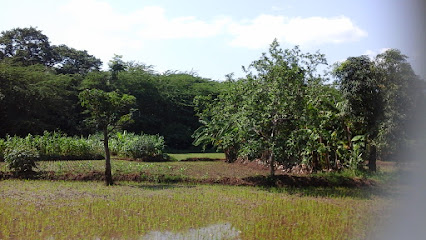
Mt. Kilimanjaro lookout
Discover the stunning vistas of Mt. Kilimanjaro from the lookout point, where nature’s beauty and adventure await every traveler.
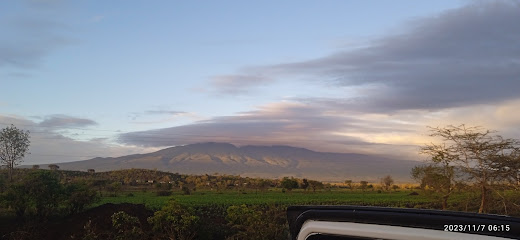
Килиманджаро
Explore the majestic beauty of Kilimanjaro, Africa's highest peak, where thrilling hikes meet breathtaking landscapes and unforgettable adventures await.

Nduruma Falls
Experience the stunning Nduruma Falls in Mkoringa, Tanzania, where nature's beauty meets adventure in a serene setting.

Essential places to dine
Hugo's Garden Bar & Restaurant
Discover culinary delights at Hugo's Garden Bar & Restaurant in Tanzania—where local flavors meet vibrant ambiance.
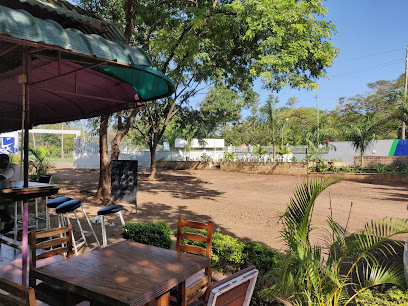
Kili Home Garden Bar and Restaurant
Discover the flavors of Tanzania at Kili Home Garden Bar and Restaurant - where local ingredients meet exceptional hospitality in a lush setting.
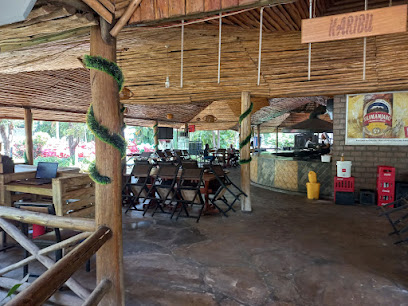
Kuonana Africa Restaurant
Experience the rich flavors of Africa at Kuonana Africa Restaurant – where tradition meets taste in every bite.
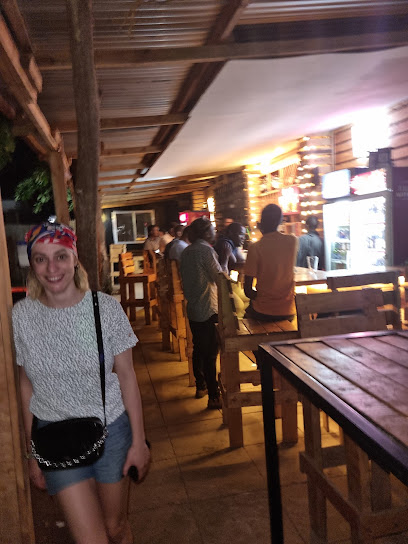
Kili Kahawa Lounge
Experience authentic Tanzanian cuisine at Kili Kahawa Lounge, where local flavors meet a cozy atmosphere in Kibo.
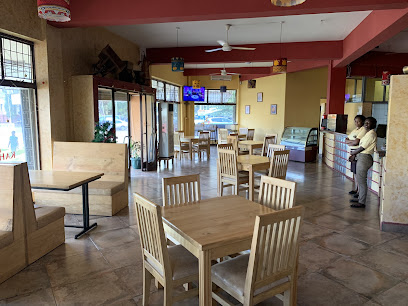
Green Bamboo BBQ
Discover culinary delights at Green Bamboo BBQ in Shanty Town - where delicious barbecue meets warm hospitality.
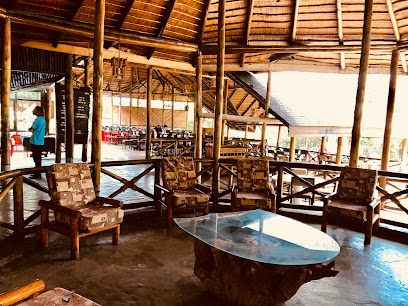
Mr. Price Village
Discover authentic Tanzanian cuisine at Mr. Price Village – where every meal tells a story of flavor and tradition.
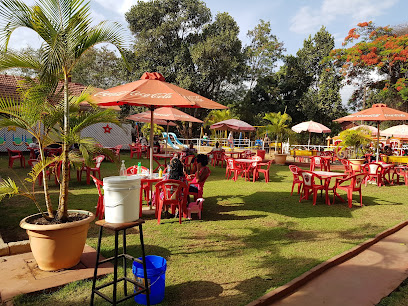
Chrisburger Restaurant
Experience the best of Tanzanian cuisine at Chrisburger Restaurant with delicious burgers and local dishes in a welcoming atmosphere.
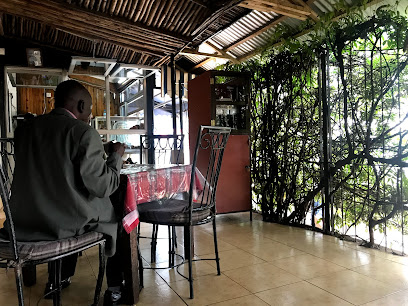
El Rancho Kilimanjaro Restaurant
Experience authentic Indian cuisine at El Rancho Kilimanjaro Restaurant in Moshi – where every meal is a flavorful journey.
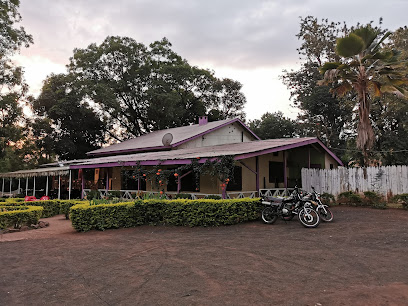
Mimi's Tavern
Discover authentic Tanzanian cuisine at Mimi's Tavern in Shanty Town - where every meal tells a story!
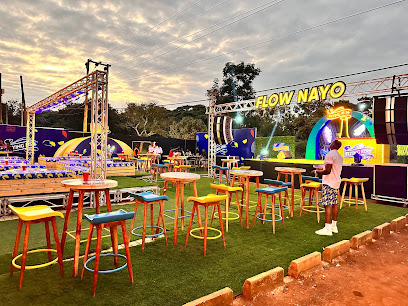
Tarakea Resort Inn
Discover authentic Tanzanian cuisine at Tarakea Resort Inn, where flavor meets hospitality in a picturesque setting.
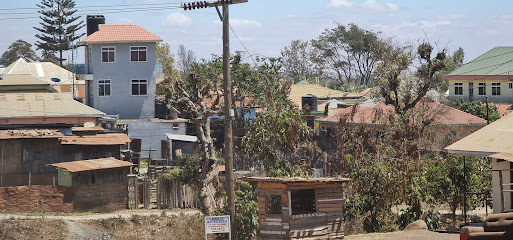
Kilimanjaro Star Lounge
Experience authentic Tanzanian cuisine at Kilimanjaro Star Lounge while enjoying breathtaking views of Mount Kilimanjaro.
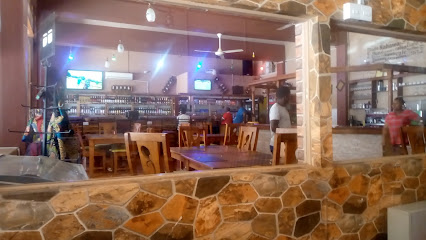
Moshi Delight Restaurant (Pizza, Burger & African food)
Discover Moshi Delight Restaurant – where authentic African flavors meet international favorites in the heart of Tanzania.
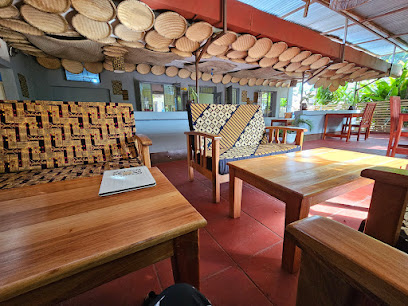
Rose Garden Restaurant & Children Paradise
Experience delightful dining at Rose Garden Restaurant & Children Paradise - where delicious meals meet family fun in Shanty Town.

The Summit
Experience culinary delights at The Summit in Moshi, where Tanzanian flavors meet vibrant nightlife amidst stunning Kilimanjaro views.
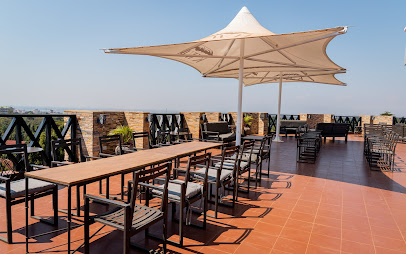
Aikama Restaurant
Experience authentic Tanzanian cuisine at Aikama Restaurant – where local flavors meet delightful dining.

Markets, malls and hidden boutiques
Mlimani City Shopping Mall
Experience the vibrant shopping, dining, and entertainment at Mlimani City Shopping Mall in Dar es Salaam, Tanzania's retail gem.

Memories Of Zanzibar
Discover the charm of Zanzibar with unique souvenirs at Memories of Zanzibar, where local craftsmanship meets vibrant culture.
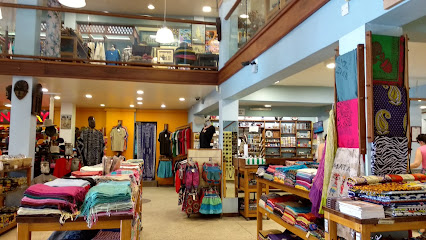
Rafiki Supermarket NSSF Complex Moshi
Explore the vibrant flavors of Tanzania at Rafiki Supermarket, the go-to grocery store in Moshi for local and international delights.
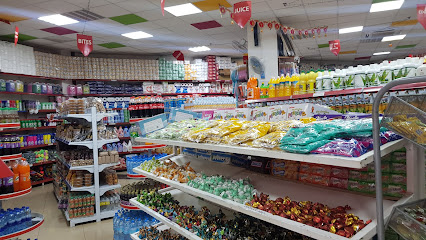
Blue Zebra Art | Tanzanite | Gift Shop
Explore Blue Zebra Art: your ultimate destination for unique jewelry, souvenirs, and local crafts in Tanzania.
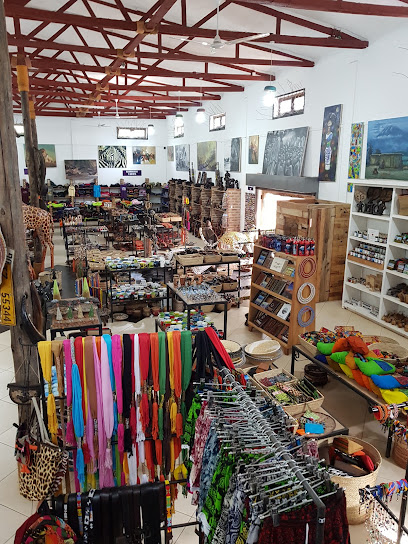
Rombo Mkuu
Explore Rombo Mkuu, the ultimate electronics store in Mkuu, Tanzania, for all your tech needs and unique local gadgets.
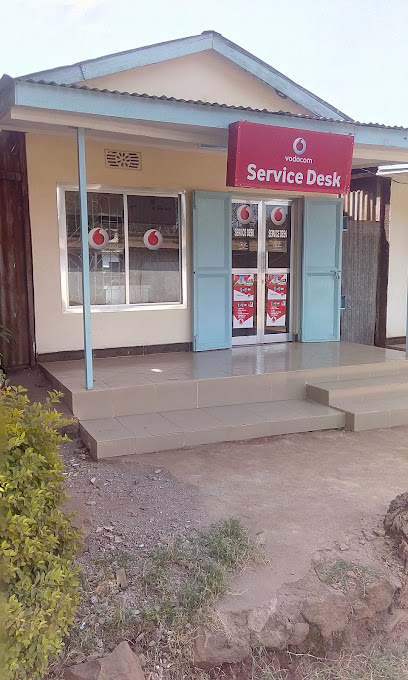
Kilimanjaro Talents Art Group
Discover the essence of local artistry at Kilimanjaro Talents Art Group, where creativity meets cultural heritage in the heart of Moshi.
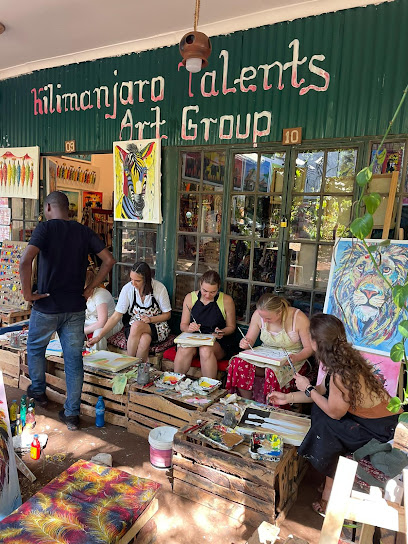
Gilmans Outdoor Store
Explore the great outdoors with premium gear from Gilmans Outdoor Store, your trusted partner in adventure in Tanzania.
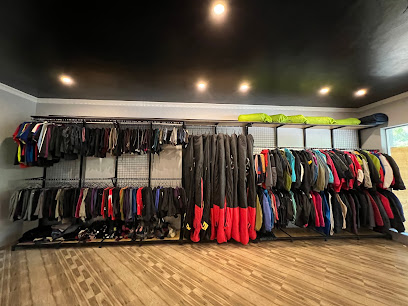
Mama Africa Gift Shop
Explore Mama Africa Gift Shop for unique African art, clothing, and souvenirs that capture the essence of Tanzanian culture.
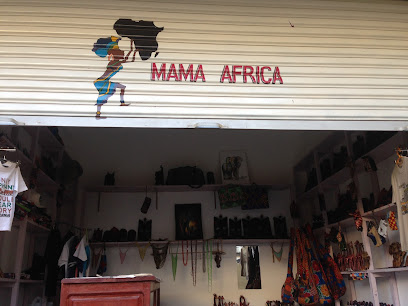
InnoSykes Computers
Discover the latest electronics and expert support at InnoSykes Computers in Tanzania, the go-to destination for tech enthusiasts and travelers.
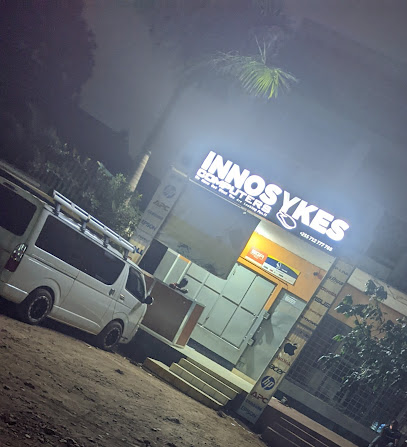
Moshi Kilimanjaro
Explore Moshi Kilimanjaro: A vibrant electronics hub at the foot of Africa's highest peak, blending modern conveniences with stunning natural beauty.

Chui Traders LTD
Explore the vibrant world of Tanzanian crafts at Chui Traders LTD, your go-to gift shop in Moshi for unique souvenirs and local treasures.
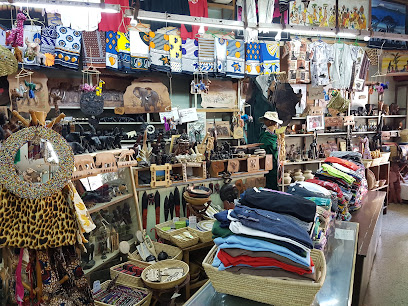
Kilimanjaro Adventure Store
Kilimanjaro Adventure Store: Your trusted partner for outdoor gear and expert advice in the heart of Moshi, Tanzania.
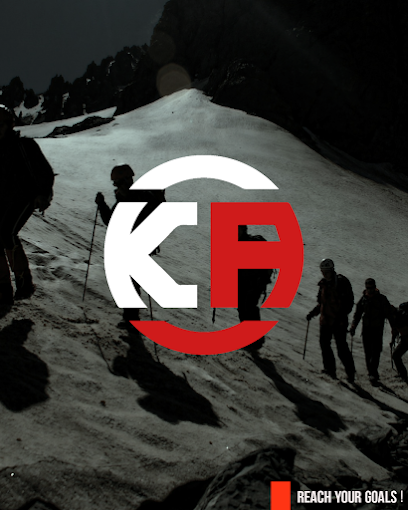
LOKORO KIKELELWA
Discover Lokoro Kikelelwa, a charming home goods store in Tanzania showcasing local craftsmanship and unique items for the discerning traveler.

Moshi Mamas Craft Cooperative
Explore Moshi Mamas Craft Cooperative in Tanzania for unique handcrafted souvenirs that support local artisans and celebrate rich cultural heritage.
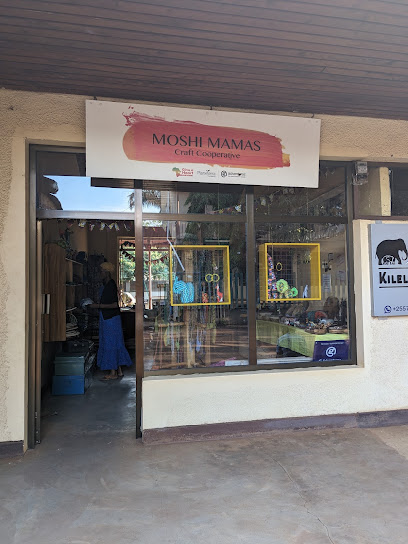
Mama Africa Giftshop
Explore Mama Africa Giftshop in Tanzania for unique souvenirs, antiques, and artwork celebrating the country's vibrant culture and heritage.
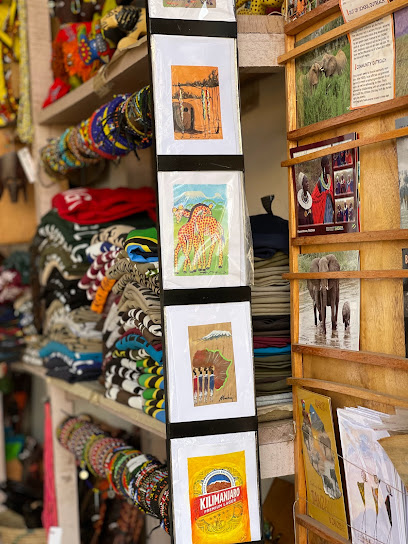
Essential bars & hidden hideouts
Amuzz Bar and Grill
Discover the vibrant flavors of Tanzania at Amuzz Bar and Grill, where local dishes and lively atmosphere create an unforgettable dining experience.
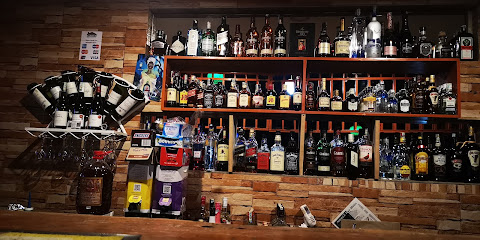
Kwetu Lounge
Experience vibrant dining at Kwetu Lounge, where tantalizing grilled dishes meet the excitement of sports in a welcoming atmosphere.
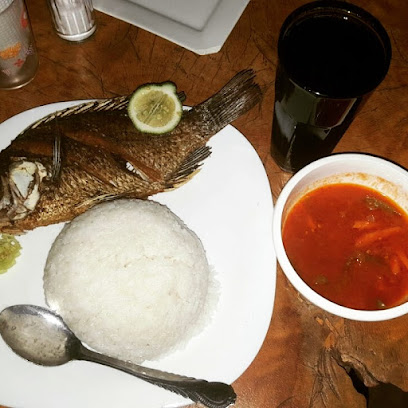
Rau Pub
Discover Rau Pub in Shanty Town, where local flavors meet vibrant atmosphere for a memorable pub experience.
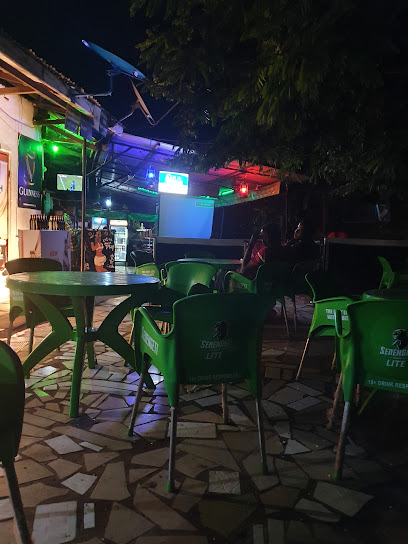
Vegas Bar
Discover the lively Vegas Bar in Shanty Town, a perfect blend of local nightlife, affordable drinks, and a welcoming atmosphere for tourists.
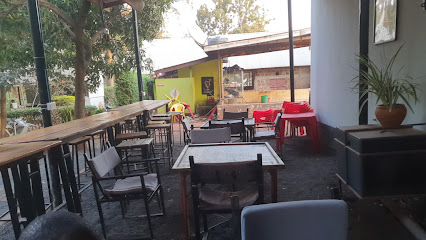
Forest Bar
Experience the vibrant atmosphere of Forest Bar in Kiboriloni, where locals and tourists connect over drinks and delightful snacks.
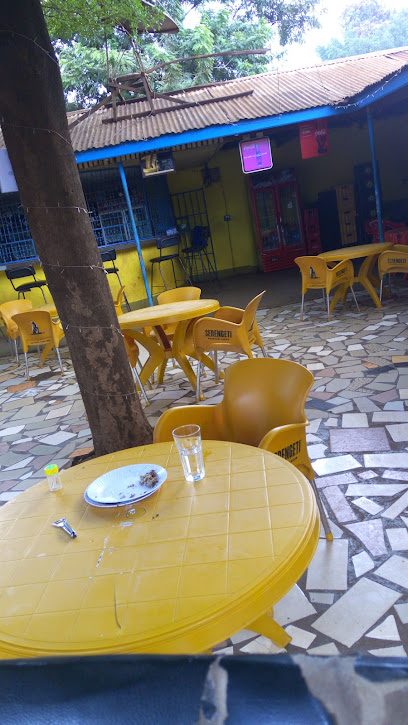
Mwika Bar And Restaurant
Experience Authentic Tanzanian Flavors at Mwika Bar And Restaurant – A Vibrant Grill Destination in Mwika.
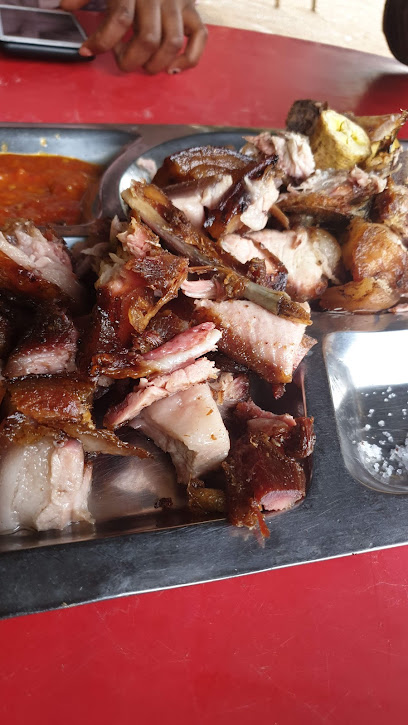
Mzungu Bar
Discover the lively Mzungu Bar in Moshi, offering a vibrant atmosphere, delicious drinks, and a taste of local culture amidst breathtaking landscapes.
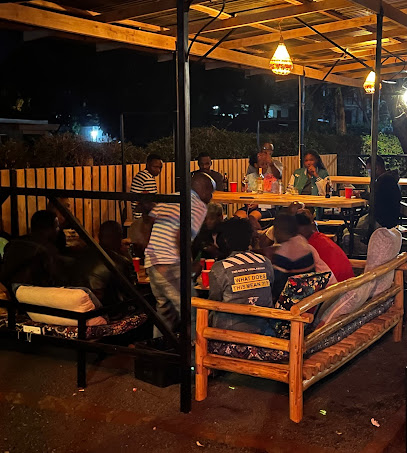
Kibo Bar Restaurant
Experience the vibrant atmosphere and delightful Tanzanian cuisine at Kibo Bar Restaurant in Tarakea, the gem of local dining.
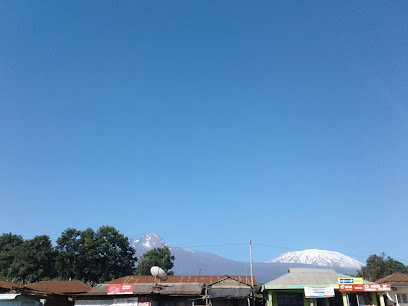
Motherland bar
Discover the lively atmosphere of Motherland Bar in Kiboriloni, where local culture meets a vibrant nightlife experience.
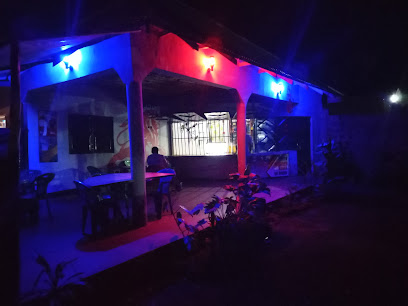
Molangi Bar
Discover the Vibrant Local Culture at Molangi Bar - Enjoy Refreshing Drinks in the Heart of Tanzania.
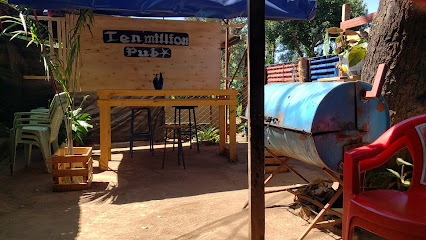
The tree club
Experience the vibrant flavors of Majengo at The Tree Club, where expertly grilled dishes meet a lively atmosphere.
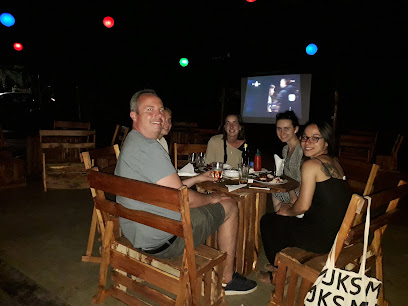
Ngalawa Pub
Discover the delightful flavors of Tanzania at Ngalawa Pub, a lively grill bar where local cuisine meets a vibrant atmosphere.
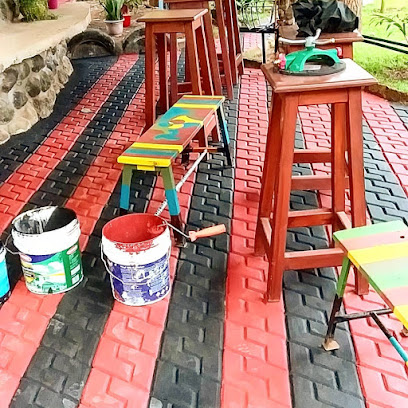
Makutano Bar
Discover the vibrant nightlife at Makutano Bar in Majengo, Tanzania - a local gem for drinks, laughter, and unforgettable memories.
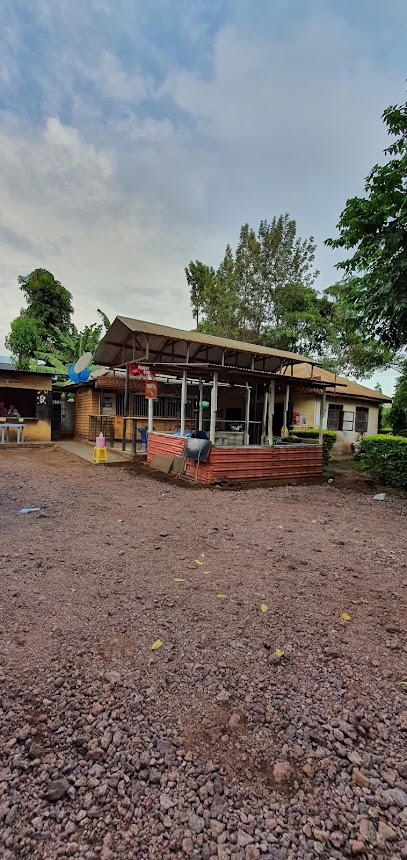
Mkange Pork & Bar
Discover the vibrant culture and authentic flavors of Tanzania at Mkange Pork & Bar, where local hospitality meets delicious cuisine.

Flower Bar and Lodge
Discover the lively atmosphere of Flower Bar and Lodge in Junction, where local flavors and vibrant culture come together for an unforgettable experience.
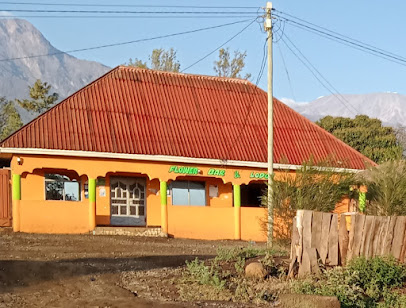
Local Phrases about Mount Kilimanjaro
-
- HelloJambo
[jahm-boh] - GoodbyeKwaheri
[kwah-heh-ree] - YesNdio
[uhn-dee-oh] - NoHapana
[hah-pah-nah] - Please/You're welcomeTafadhali
[tah-fah-dah-lee] - Thank youAsante
[ah-sahn-teh] - Excuse me/SorrySamahani
[sah-mah-hah-nee] - How are you?Habari yako?
[hah-bah-ree yah-koh] - Fine. And you?Nzuri. Na wewe?
[n-zoo-ree. nah weh-weh] - Do you speak English?Unazungumza Kiingereza?
[ooh-nah-zoo-ngoom-zah keen-geh-reh-zah] - I don't understandSielewi
[see-eh-leh-wee]
- HelloJambo
-
- I'd like to see the menu, pleaseNataka kuona menyu, tafadhali
[nah-tah-kah koo-oh-nah men-yoo, tah-fah-dah-lee] - I don't eat meatSili nyama
[see-lee nyah-mah] - Cheers!Mambo!
[mahm-boh] - I would like to pay, pleaseNataka kulipa, tafadhali
[nah-tah-kah koo-lee-pah, tah-fah-dah-lee]
- I'd like to see the menu, pleaseNataka kuona menyu, tafadhali
-
- Help!Msaada!
[msah-ah-dah] - Go away!Nenda zako!
[nen-dah zah-koh] - Call the Police!Piga simu Polisi!
[pee-gah see-moo poh-lee-see] - Call a doctor!Piga simu daktari!
[pee-gah see-moo dahk-tah-ree] - I'm lostNimepotea
[nee-meh-poh-teh-ah] - I'm illNinaumwa
[nee-nah-oom-wah]
- Help!Msaada!
-
- I'd like to buy...Nataka kununua...
[nah-tah-kah koo-noo-noo-ah] - I'm just lookingNinaangalia tu
[nee-nah-ahn-gah-lee-ah too] - How much is it?Bei ni kiasi gani?
[beh-ee nee kya-see gah-nee] - That's too expensiveHilo ni ghali sana
[hee-loh nee gah-lee sah-nah] - Can you lower the price?Unaweza kupunguza bei?
[ooh-nah-weh-zah koo-poon-goo-zah beh-ee]
- I'd like to buy...Nataka kununua...
-
- What time is it?Wakati ni saa ngapi?
[wah-kah-tee nee sah-ah ngah-pee] - It's one o'clockNi saa moja
[nee sah-ah moh-jah] - Half past (10)Nusu saa (kumi)
[noo-soo sah-ah (koo-mee)] - MorningAsubuhi
[ah-soo-boo-hee] - AfternoonMchana
[em-chah-nah] - EveningJioni
[joh-ee-oh-nee] - YesterdayJana
[jah-nah] - TodayLeo
[leh-oh] - TomorrowKesho
[keh-shoh] - 1Moja
[moh-jah] - 2Mbili
[em-bee-lee] - 3Tatu
[tah-too] - 4Nne
[n-neh] - 5Tano
[tah-noh] - 6Sita
[see-tah] - 7Saba
[sah-bah] - 8Nane
[nah-neh] - 9Kenda
[ken-dah] - 10Kumi
[koo-mee]
- What time is it?Wakati ni saa ngapi?
-
- Where's a/the...?Iko wapi...?
[ee-koh wah-pee] - What's the address?Anuani ni ipi?
[ah-noo-ah-nee nee ee-pee] - Can you show me (on the map)?Unaweza kunionyesha (kwenye ramani)?
[ooh-nah-weh-zah koo-nee-oh-nyeh-shah (kweh-neh rah-mah-nee)] - When's the next (bus)?Basi lijalo ni lini?
[bah-see lee-jah-loh nee lee-nee] - A ticket (to ....)Tiketi (kwenda ....)
[tee-keh-tee (kwen-dah)]
- Where's a/the...?Iko wapi...?
History of Mount Kilimanjaro
-
Mount Kilimanjaro, a dormant stratovolcano, began forming around 750,000 years ago. It consists of three volcanic cones: Kibo, Mawenzi, and Shira. Kibo, the highest peak, last erupted approximately 360,000 years ago, creating the mountain's iconic crater. The geological activity that shaped Kilimanjaro also contributed to the diverse ecosystems found on its slopes.
-
The Chagga people have lived in the Kilimanjaro region for centuries, practicing agriculture on the fertile volcanic slopes. They developed advanced irrigation systems and terraced farming techniques to cultivate crops like bananas, coffee, and maize. The Chagga's rich cultural heritage includes unique dances, music, and oral traditions that have been passed down through generations.
-
In 1848, German missionaries Johann Ludwig Krapf and Johannes Rebmann were the first Europeans to document Mount Kilimanjaro. Rebmann's accounts of the snow-capped peak were initially met with skepticism, as it contradicted the prevailing belief of a tropical Africa devoid of such features. Their discoveries eventually attracted more explorers and scientists to the region.
-
In the late 19th and early 20th centuries, Kilimanjaro became part of German East Africa before being transferred to British administration after World War I. During this period, European settlers established coffee plantations on the lower slopes, significantly impacting the local economy and landscape. The legacy of colonial influence can still be seen in the region's architecture and agricultural practices.
-
In 1889, German geographer Hans Meyer and Austrian mountaineer Ludwig Purtscheller successfully reached the summit of Kibo, the highest peak of Mount Kilimanjaro. Their expedition overcame numerous challenges, including harsh weather conditions and difficult terrain. Meyer's detailed accounts of the ascent provided valuable insights into the mountain's geography and ecology.
-
Established in 1973, Kilimanjaro National Park encompasses the entire mountain above the tree line and the surrounding montane forest. The park was designated a UNESCO World Heritage Site in 1987 due to its unique biodiversity and cultural significance. It attracts thousands of climbers and tourists annually, contributing to Tanzania's tourism industry.
-
Mount Kilimanjaro's glaciers have been receding at an alarming rate due to climate change. Scientific studies indicate that the ice fields atop Kibo could disappear within the next few decades if current trends continue. The loss of glaciers would not only alter the mountain's appearance but also affect local water supplies and ecosystems dependent on the meltwater.
-
Mount Kilimanjaro holds deep cultural and spiritual significance for the local communities. It features prominently in Chagga folklore and is considered a sacred mountain. Traditional rituals and ceremonies are often performed in its honor, reflecting the enduring connection between the people and their natural environment.
Mount Kilimanjaro Essentials
-
Mount Kilimanjaro is located in northeastern Tanzania, near the town of Moshi. The nearest international airport is Kilimanjaro International Airport (JRO), approximately 40 kilometers from Moshi. From the airport, you can take a taxi or arrange for a shuttle service to your hotel. Some travelers may also fly into Julius Nyerere International Airport (DAR) in Dar es Salaam or Jomo Kenyatta International Airport (NBO) in Nairobi, Kenya, and then take a domestic flight or bus to Moshi.
-
In Moshi, you can find taxis and dala-dalas (minibuses) for local transportation. Taxis are more comfortable and reliable, while dala-dalas are cheaper but often crowded. For trips to the Kilimanjaro National Park gates, many tour operators provide transportation as part of their packages. Renting a car is another option, but be aware that driving in Tanzania can be challenging due to road conditions and local driving habits.
-
The official currency in Tanzania is the Tanzanian Shilling (TZS). Credit cards are accepted in some hotels, restaurants, and larger shops, but it is advisable to carry cash, especially in smaller establishments and rural areas. ATMs are available in Moshi, but it's a good idea to withdraw sufficient cash before heading into more remote areas. US dollars are also widely accepted.
-
Moshi and the areas around Mount Kilimanjaro are generally safe for tourists. However, petty crime such as pickpocketing can occur, especially in crowded places. Avoid walking alone at night and keep your valuables secure. There are no specific high-crime areas targeting tourists, but it's always wise to stay vigilant and aware of your surroundings.
-
In case of emergency, dial 112 for immediate assistance. There are medical facilities in Moshi, including KCMC Hospital, which is well-equipped for serious medical issues. It's recommended to have travel insurance that covers medical emergencies and evacuation. For minor health issues, there are pharmacies in Moshi where you can purchase over-the-counter medications.
-
Fashion: Do dress modestly, especially in towns and villages. Avoid wearing revealing clothing. Religion: Do respect local customs and traditions. Remove your shoes when entering someone's home or a place of worship. Public Transport: Do be respectful and give up your seat to elderly passengers. Don't eat or drink on public transport. Greetings: Do greet people with a handshake and a smile. Using a few words of Swahili, such as 'Jambo' (Hello), is appreciated. Eating & Drinking: Do try local dishes and accept food offerings graciously. Don't refuse hospitality, as it is considered impolite.
-
To experience Mount Kilimanjaro like a local, visit the local markets in Moshi where you can buy fresh produce and traditional Tanzanian goods. Engage with locals, as they are often friendly and willing to share stories about their culture and the mountain. Don't miss tasting local dishes such as Ugali and Nyama Choma. For a unique experience, consider visiting the Chagga villages and learning about their traditional coffee-making process.
Nearby Cities to Mount Kilimanjaro
-
Things To Do in Arusha
-
Things To Do in Nairobi
-
Things To Do in Mombasa
-
Things To Do in Naivasha
-
Things To Do in Diani Beach
-
Things To Do in Tanga
-
Things To Do in Malindi
-
Things To Do in Nakuru
-
Things To Do in Singida
-
Things To Do in Dodoma
-
Things To Do in Stone Town
-
Things To Do in Zanzibar City
-
Things To Do in Lamu
-
Things To Do in Morogoro
-
Things To Do in Kisumu

